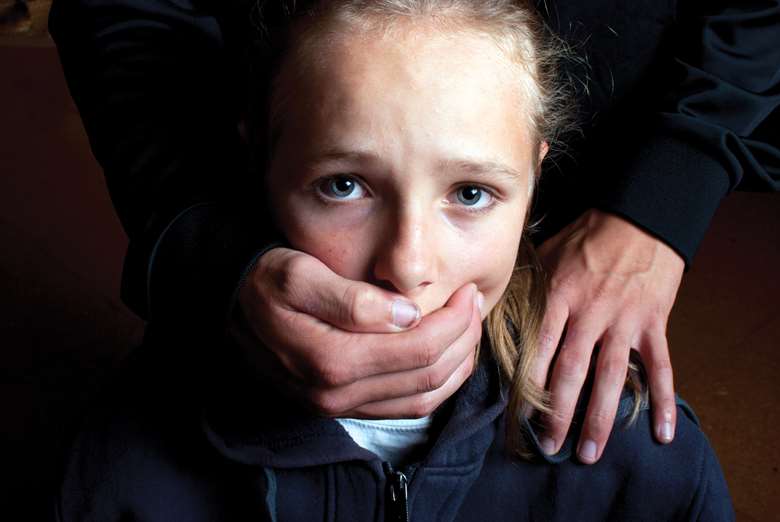Legal Update: Sexual exploitation by gangs
Hazel Kent
Tuesday, December 11, 2012
Hazel Kent, operations officer, international policy and programmes at Coram Children's Legal Centre examines the Children's Commissioner for England's inquiry into child sexual exploitation by gangs

The Department for Education defines child sexual exploitation as involving “exploitative situations, contexts and relationships where young people (or a third person or persons) receive “something” (such as food, accommodation, drugs, alcohol, cigarettes, affection, gifts, money) as a result of them performing, and/or another or others performing on them, sexual activities”. The relationships between the victim and the perpetrator can range from seemingly “consensual” to very serious organised crime.
Following a number of high profile convictions for sexual offences against vulnerable girls by gangs and groups of men in the North of England, the Office of the Children’s Commissioner instigated an inquiry into child sexual exploitation by gangs and groups across England.
The inquiry has issued its interim report on the first phase of the research, which ran from October 2011 until September 2012, focused on gathering evidence.
Gangs are defined in the report as being comprised mainly of men and boys aged 13 to 25. Groups are defined as people coming together either in person or online for the purpose of taking part in sexual exploitation of children in either an opportunistic or organised way.
While recognising that it is not possible to state definitely how many children are victims of sexual exploitation in any given period –because there is no recognised category of abuse for sexual exploitation as part of standard child protection procedures – based on the evidence received, the inquiry found that there had been 2,409 victims of sexual exploitation of children by gangs and groups in the 14 months from August 2010 to October 2011, although it acknowledged that the actual figure is likely to be far higher. The report also identified 16,500 children who were at “high risk of sexual exploitation” in 2010/11.
The inquiry found that child victims of sexual exploitation were predominantly female and of mixed ethnicity (28 per cent from black and minority ethnic backgrounds). The majority of victims lived at home when their abuse began, but a disproportionate number are living in residential care. Although the media has focused on convictions of Pakistani groups and gangs, perpetrators were found to come from all ethnic backgrounds.
Understanding of consent
The report found confused and inconsistent understanding on the part of both professionals and children of the concept of consent to sexual activity. Children who were being sexually exploited were frequently described by professionals in many localities as being “promiscuous”, “liking the glamour”, or engaging in “risky” behaviour. Some referred to children prostituting themselves and did not see the children as victims of sexual exploitation. In addition, professionals were missing warnings due to inconsistencies in the information collected by different agencies, the lack of data sharing and the lack of a standardised process for recording sexual offences against children.
Exploitation clearly has a devastating effect on children, including causing some to go missing and to become involved in drug and alcohol misuse and self harming. Exploitation also has a clear impact on mental health and self-esteem.
The inquiry made a number of recommendations including ensuring professionals were made aware of warning signs of sexual exploitation; better identification of victims and perpetrators and data sharing. The second phase of the report, due to be completed next year, will focus on identifying further measures to address sexual exploitation.
The report of the inquiry provides timely notice that we are not doing enough to protect our children. A change in attitude to vulnerable girls and a change in practice, including better inter-agency intelligence and working is sorely needed.
Legal Update is produced in association with experts at Coram Children’s Legal Centre
For free legal advice to frontline professionals on all child protection and safeguarding issues call 020 7636 1245
Sign up to the monthly childRIGHT bulletin from CYP Now and Coram Children’s Legal Centre, for the latest news and information about children, young people and the law: www.cypnow.co.uk/email-bulletins




